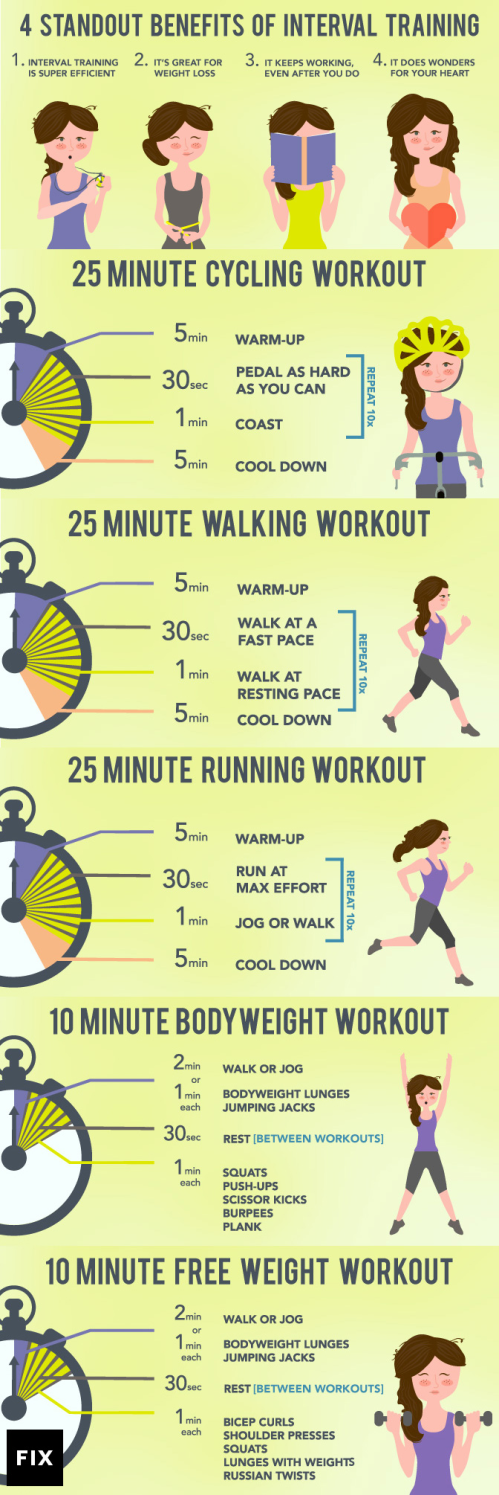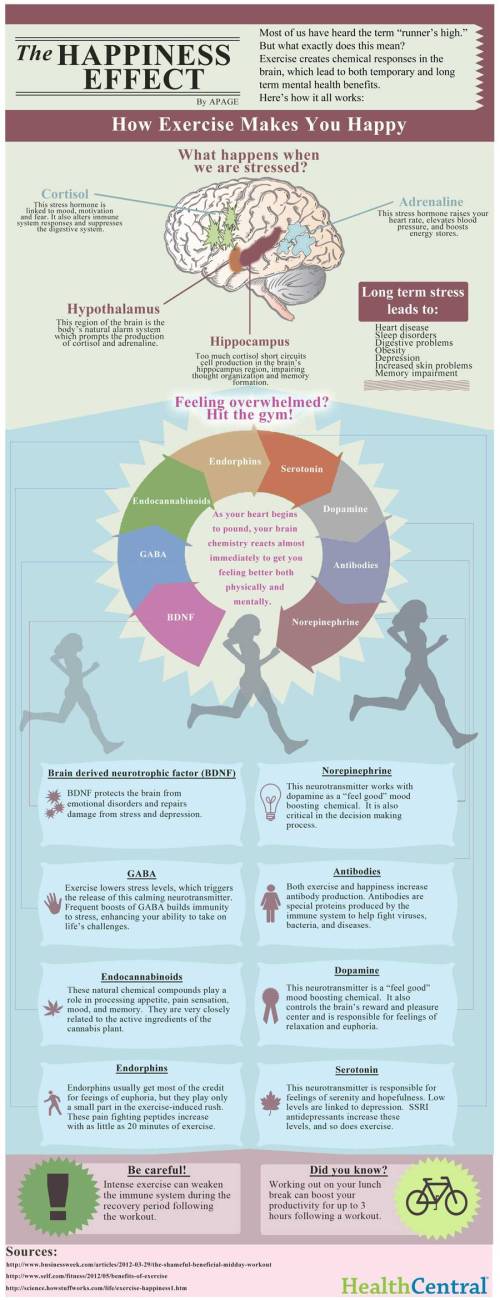I was reading this morning and ran into the cliche you can’t teach an old dog new tricks. I have to tell you that this is one particularly annoying expression to me. This is another of the general negativity directed toward seniors.
By the time I retired, I had become something of an expert on markets. After 20 years spent writing about international markets for Reuters News Service I went on to write for the Investments Department of a major philanthropic organization. The final five years of my working life I actually managed the investment of $900 million in the debt market.

Who says you can’t teach an old dog new tricks?
After retiring, at the age of 60, I started writing this blog. It had nothing to do with markets or the economy. The primary focus was weight loss in the beginning, but after taking a number of courses on nutrition, anatomy, physiology, the brain, longevity and yoga, to name a few, I expanded the scope to focus on good nutrition, exercise and living past 100 while keeping our mental faculties intact.
So, I contend that you can teach an old dog, me, new tricks. I think that you need to cleanse yourself of cliches like that as they are absolutely negative and do nothing but jam a road block into your path of straight thinking.
While on the subject of negative cliches, another troubling one that springs to mind is curiosity killed the cat. I am not sure why, but I hear that one a lot. What’s wrong with being curious? Since when is curiosity a bad thing? I consider curiosity one of my best traits.
In researching the saying, it seems it started otherwise than we know it today. The original word was care not curiosity and the meaning had to do with care and worry, That is, too much worrying killed the cat. This varies from what we know today as curiosity – digging into a subject to find out more. So, it’s current usage has run totally askew from its origin. Yet it persists in this new and troublesome form.
Since many of my readers are fellow bloggers, you know how much a part that true curiosity plays in your most meaningful posts. I certainly do.
Finally, we all know how important it is to avoid cliches, not just negative ones. Nothing bogs down writing faster and glazes over the eyes of a reader more effectively than cliche-ridden sentences. So, I beg you to avoid cliches like the plague.
You got that last one, didn’t you?
Tony








 As of 2014, more than 1.9 billion adults, 18 years and older, were overweight. Over 42 million children
As of 2014, more than 1.9 billion adults, 18 years and older, were overweight. Over 42 million children 















